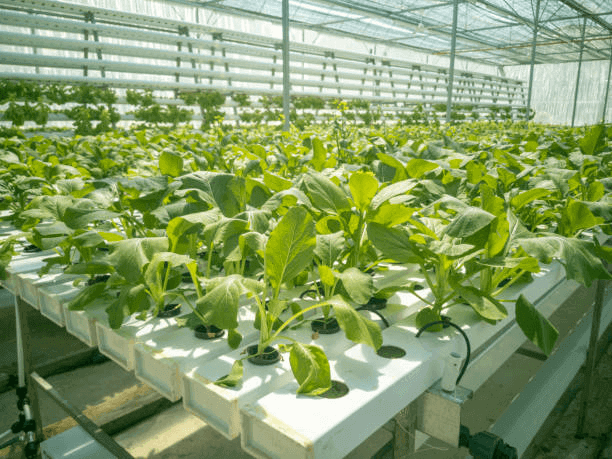-

When growers notice red or purplish coloration appearing on the leaves of potted blueberries, the first instinct is often concern. Blueberries are widely recognized as sensitive plants with specific soil, nutrient, and environmental requirements, and any visible change in leaf color can feel like...Read more »
-

Blueberries have gradually shifted from being a niche fruit crop grown mainly in open fields to a highly adaptable plant cultivated across diverse production systems. As urban gardening expands, protected agriculture becomes more common, and land availability tightens in many regions, container-b...Read more »
-

In the global fresh fruit industry, few products are as delicate, high-value, and logistically demanding as fresh berries. Blueberries, raspberries, blackberries, and strawberries are prized for their freshness, visual appeal, and nutritional value, yet they are also among the most fragile commod...Read more »
-

The contrast between the United States and the European Union in packaging aesthetics—particularly in the preference for simple printed boxes in the US and more colorful, visually expressive packaging in the EU—may seem at first like a surface-level observation, something tied merely to taste. Ye...Read more »
-

In the landscape of fresh-produce marketing, packaging has evolved from a simple, functional necessity into a powerful communication device—one that speaks to quality, sustainability, freshness, and brand identity long before a consumer takes their first bite. Among berry products, the shift towa...Read more »
-

Good drainage is not merely a desirable feature in a blueberry grow pot; it is the central physiological requirement that determines whether the plant thrives, stagnates, or collapses. Blueberries evolved on acidic, aerated, sandy soils with extraordinarily fast water movement. Their roots are fi...Read more »
-

The question of whether dwarf blueberry varieties can produce full-size fruit appears simple at first glance, yet horticultural practitioners know it intersects with plant physiology, cultivar breeding, root-zone dynamics, canopy architecture, and containerized production methodologies that have ...Read more »
-

When people first start growing blueberries in pots, they often underestimate how much difference the shape of the container can make. You’ll see endless online advice about soil acidity, watering frequency, and sunlight exposure, but the debate between tall pots versus wide pots doesn’t get the ...Read more »
-

In modern commercial blueberry production, container cultivation has evolved from a niche practice into a mainstream horticultural system, enabling farmers to exercise greater control over root-zone conditions, nutrient delivery, and water management. Among the many design considerations that det...Read more »
-

Blueberries have long captured the hearts of gardeners and fruit lovers alike. Their tart sweetness, vibrant blue hue, and impressive nutritional profile make them one of the most beloved berries to cultivate. Traditionally, blueberry bushes have thrived in garden beds or open fields where their ...Read more »
-

In large-scale tomato production bases, more and more growers are choosing potted or container cultivation. This trend is not only driven by space utilization considerations but also closely related to yield management, fruit quality, and economic efficiency. The advantage of potted tomatoes lies...Read more »
-

In the last decade, agriculture has been reshaped by technologies that merge biology with engineering. Hydroponics, in particular, has become one of the most promising pathways for sustainable food production in controlled environments such as vertical farms and commercial greenhouses. Among the ...Read more »












